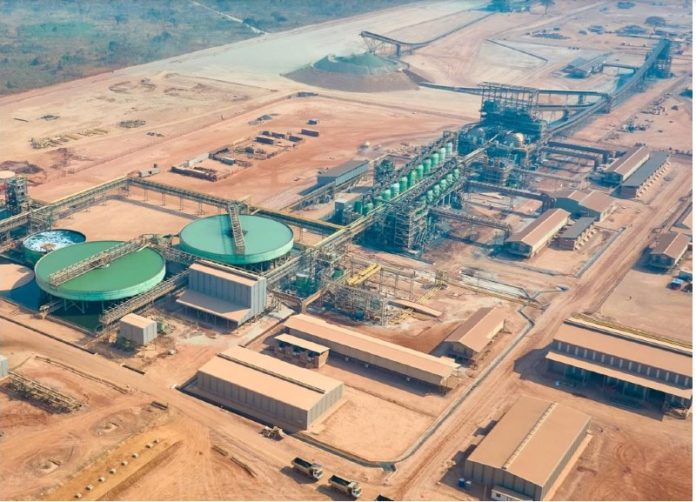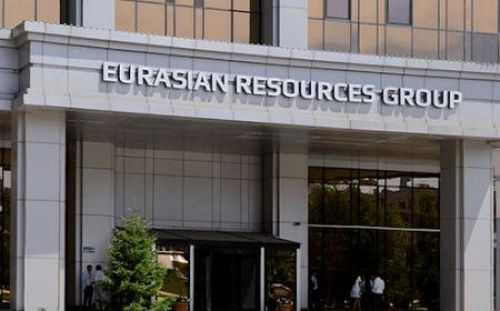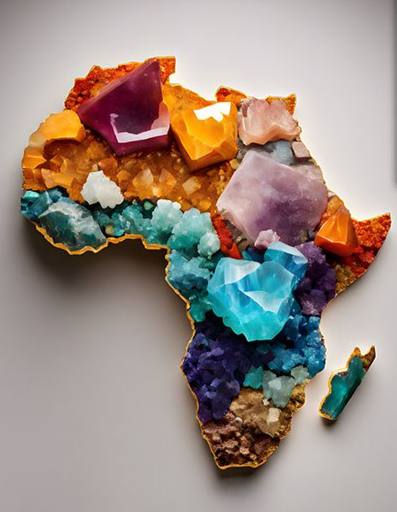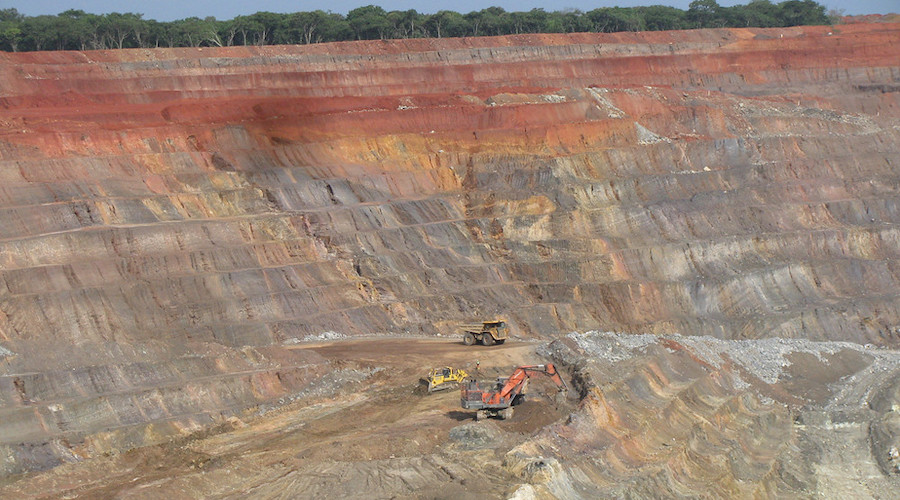Base Metals

Rainbow Rare Earths achieves high-quality production at Phalaborwa

Rainbow Rare Earths has reported its preliminary results for the year ending 30 June 2024, highlighting its progress in establishing an independent and ethical supply chain for rare earth elements driving the green energy transition.
The company’s focus for the year was commissioning the pilot plant at Phalaborwa, South Africa, to optimise a unique flowsheet for recovering rare earths from phosphogypsum.
CEO George Bennett expressed pride in the team’s accomplishments, stating, “We’ve simplified the process significantly while maintaining REE recoveries at 66%. This is a testament to the hard work and expertise of our technical team.” He added that the pilot plant’s success, which produced a mixed rare earth carbonate and 96% pure neodymium and praseodymium, marks a crucial step toward the first commercial recovery of rare earths from phosphogypsum.
As part of the ongoing project, Rainbow relocated its CIX/CIC separation plant from Florida to Johannesburg to further refine the process and improve environmental outcomes. “This technology is a game changer, offering greater efficiency and a reduced environmental footprint compared to traditional methods,” Bennett said. Rainbow also updated its Mineral Resource Estimate (MRE), increasing total resource tonnage at Phalaborwa by 15%, extending the project’s life by two years. The updated estimate values the in-situ resource at $7.3 billion, even at current lower REE spot prices.
Bennett highlighted the company’s commitment to environmental, social, and governance (ESG) standards, noting that the project will provide both economic and environmental benefits to local communities. He also emphasized Rainbow’s ongoing efforts to reduce the carbon footprint of the project, with plans to explore renewable energy options.
Looking ahead, Rainbow is engaged in offtake discussions with industry players and has secured a strategic supply agreement with UK-based Less Common Metals Ltd. Bennett is optimistic about Rainbow’s future, stating, “We are honing technology that will not only make Phalaborwa a success but also open up a global opportunity for low-cost, sustainable rare earth production.”
In financial terms, the company reported a loss of $4.3 million for FY2024, a significant improvement from the previous year’s loss of $12.9 million. Rainbow invested $10.6 million in advancing the Phalaborwa project during the year and secured $10 million in funding from Ecora Resources post-year-end. Despite some challenges in Burundi with the Gakara project, Rainbow remains focused on delivering long-term value through its innovative approach to rare earth recovery and sustainable business development.
Highlights
- The rare earth permanent magnets market nearly doubled from 2020-2024 and is expected to grow by 7% annually over the next decade, driven by the green energy transition and emerging markets like robotics.
- China’s dominance in rare earth element (REE) supply has prompted Western governments to diversify supply chains to mitigate risks.
- Rainbow’s Phalaborwa project has produced two saleable products—mixed rare earth carbonate and 96% pure neodymium/praseodymium oxide (Nd/Pr)—marking the first commercial recovery of REE from phosphogypsum.
- Phalaborwa is confirmed as a low-cost source of key REEs, supported by a $50 million investment from the U.S. International Development Corporation via TechMet.
- Significant optimisation and simplification of the Phalaborwa primary plant flowsheet achieved, boding well for the updated economics of the project to be released in an Interim Report before the end of 2024.












